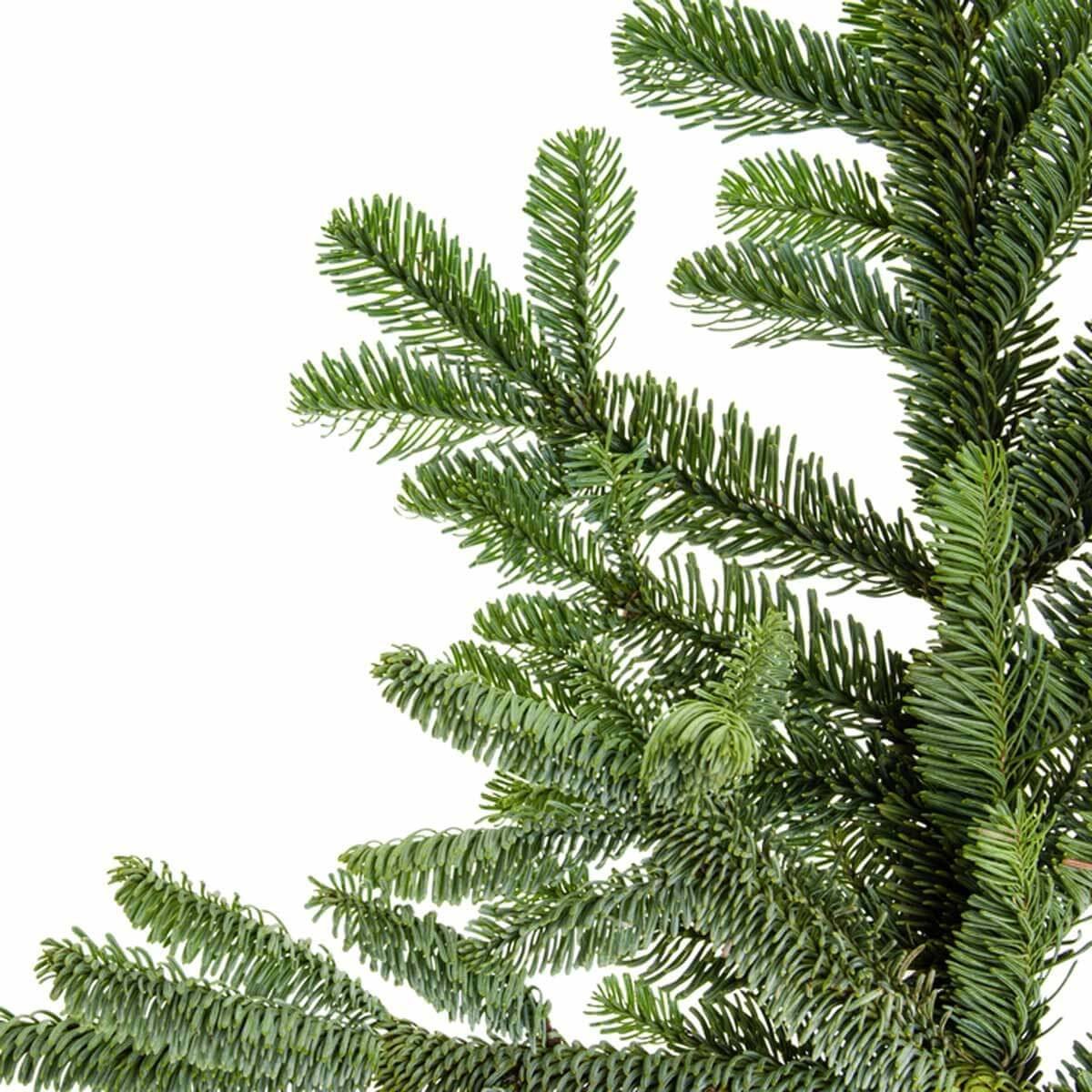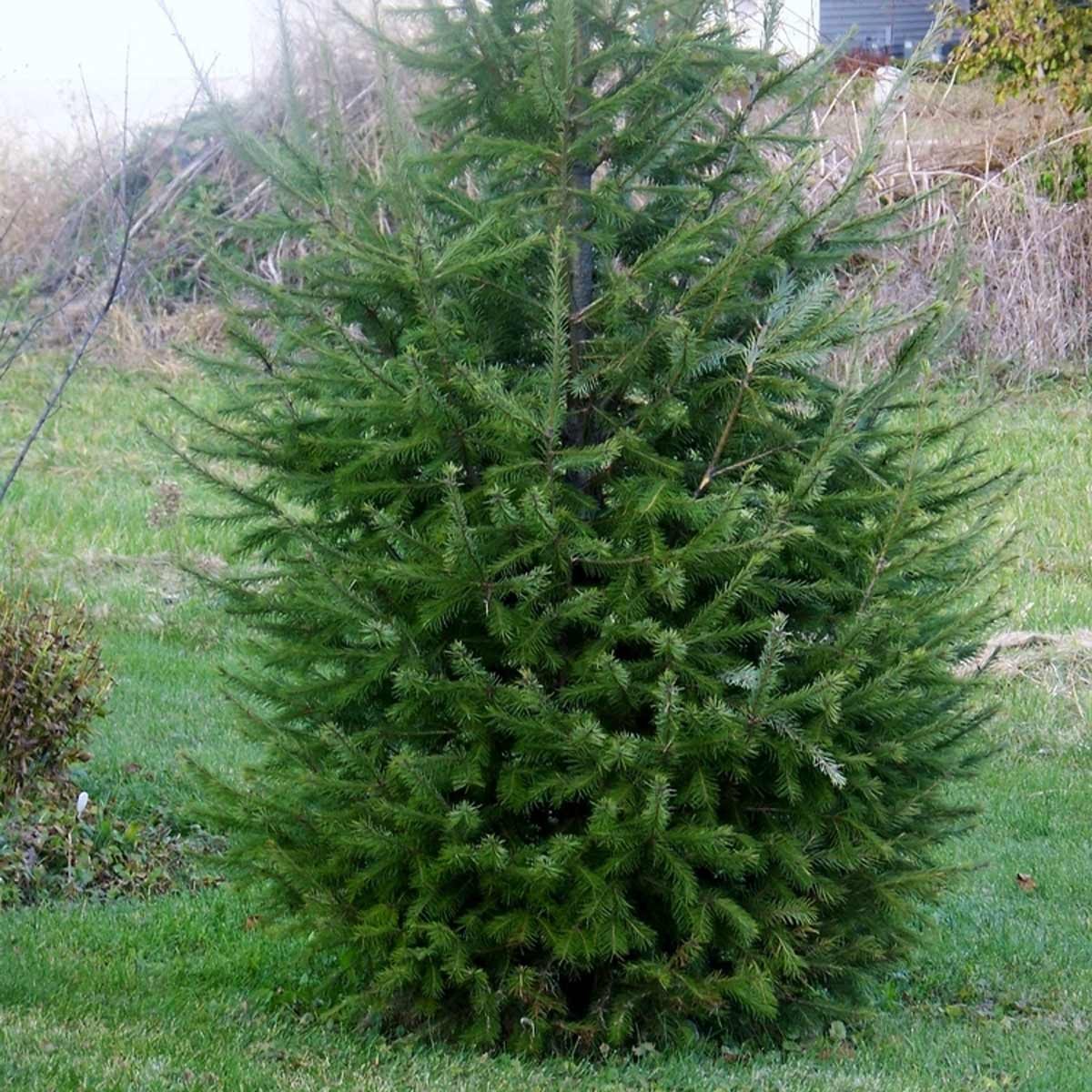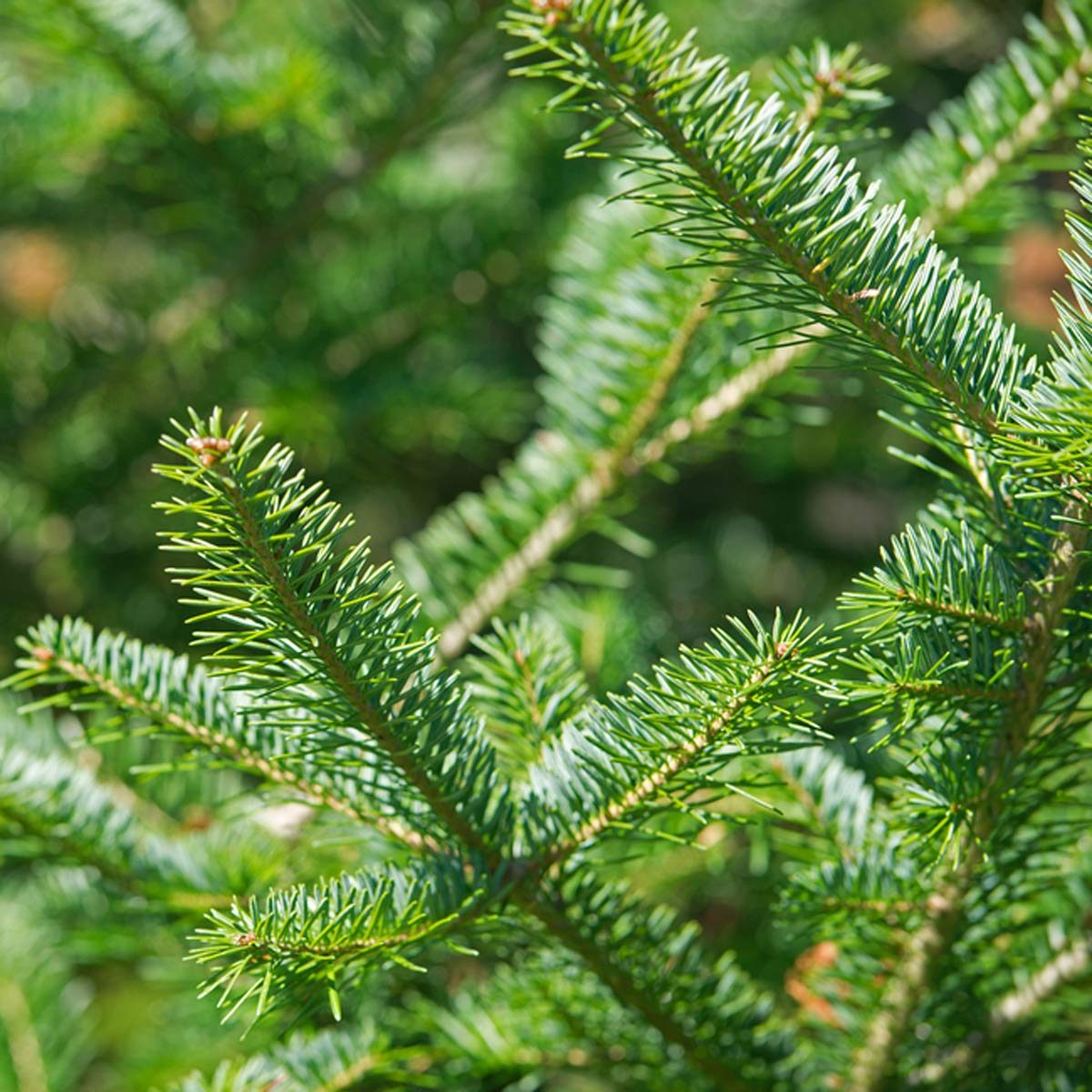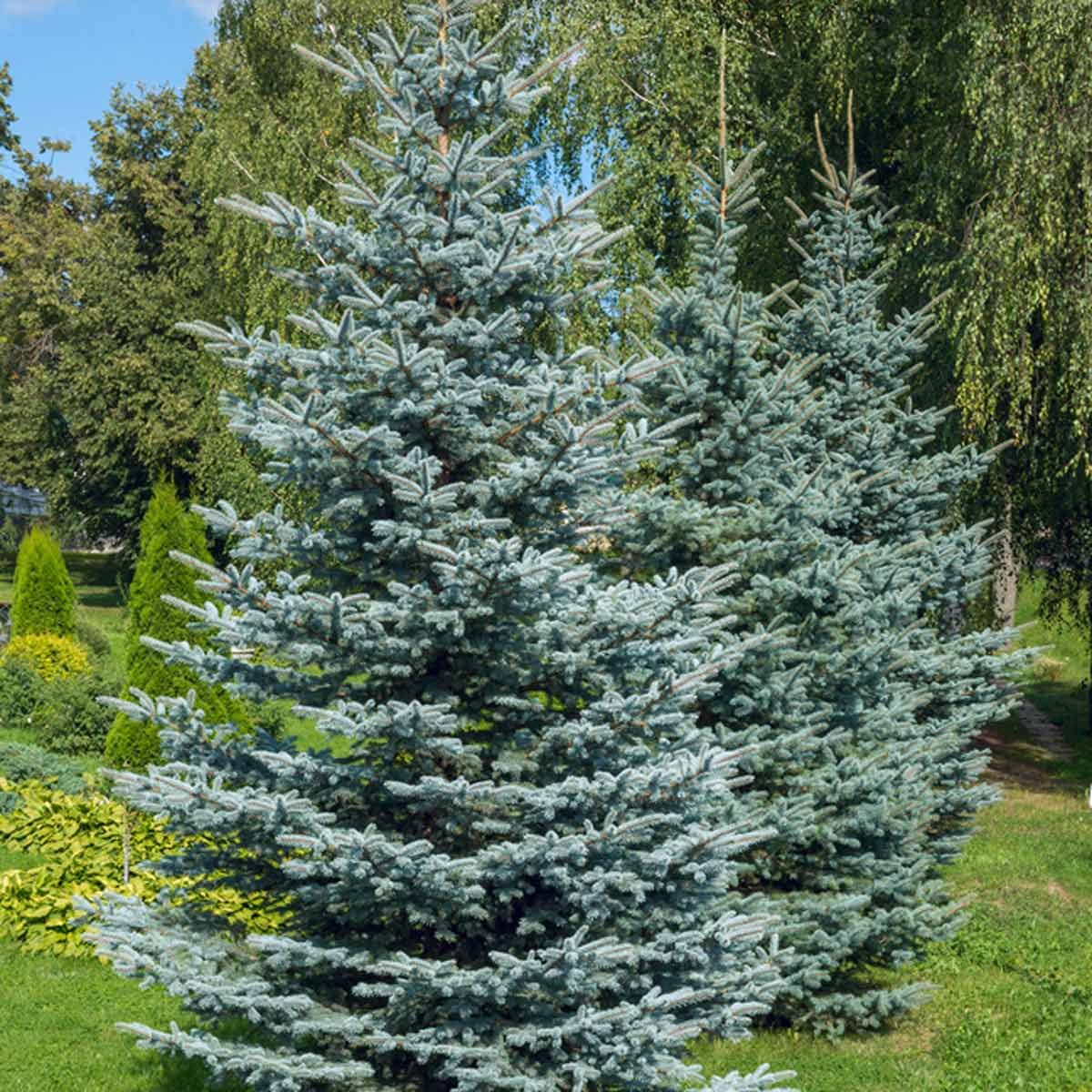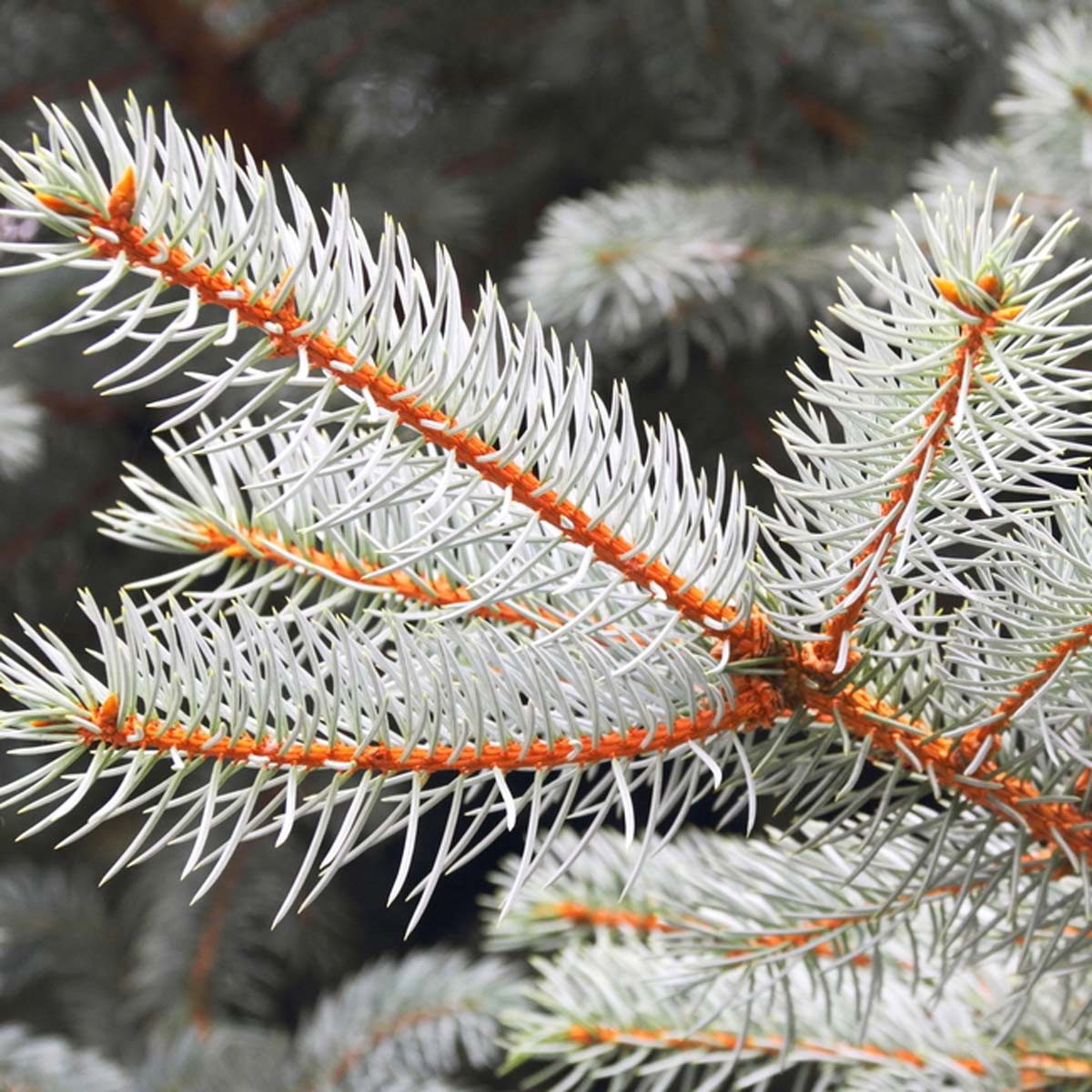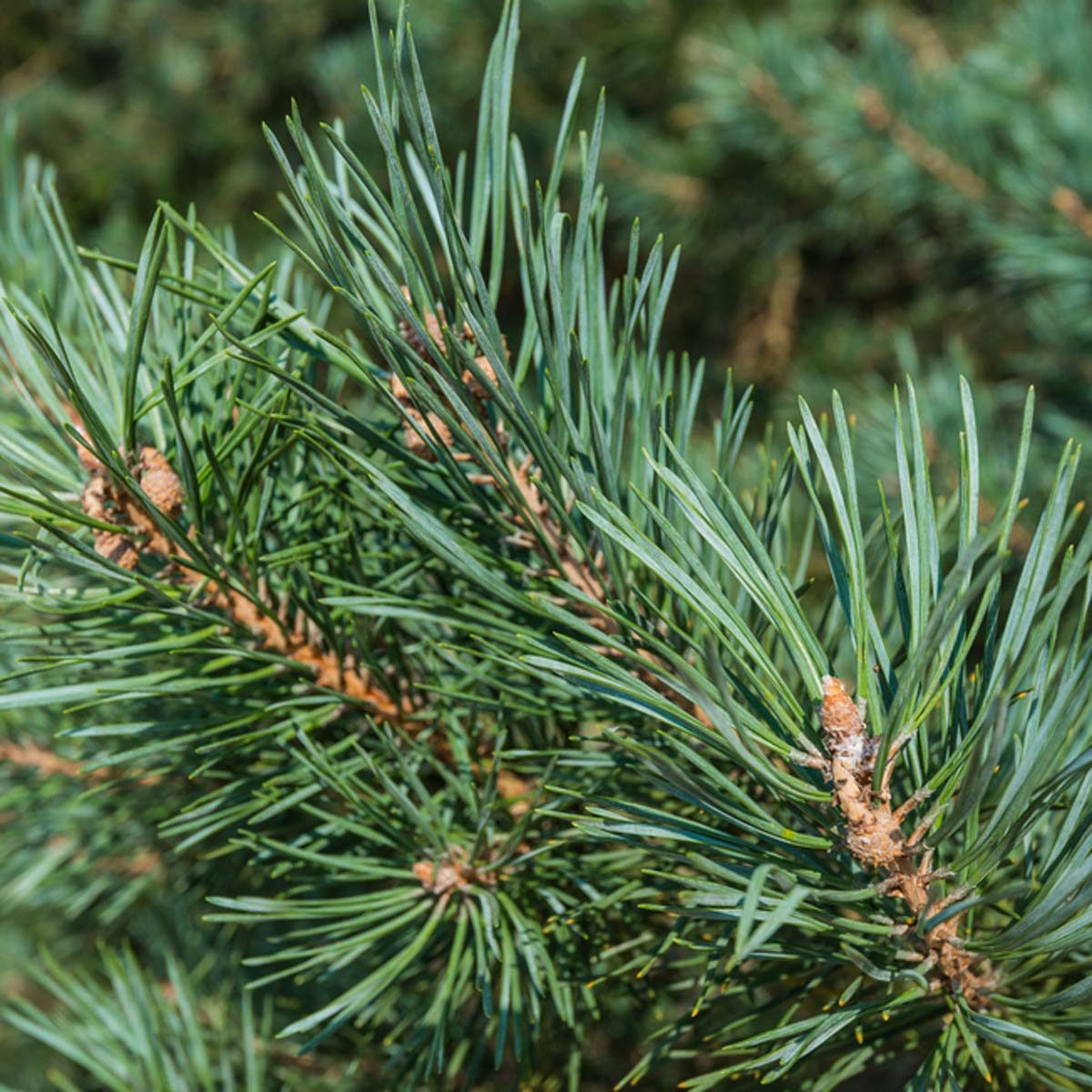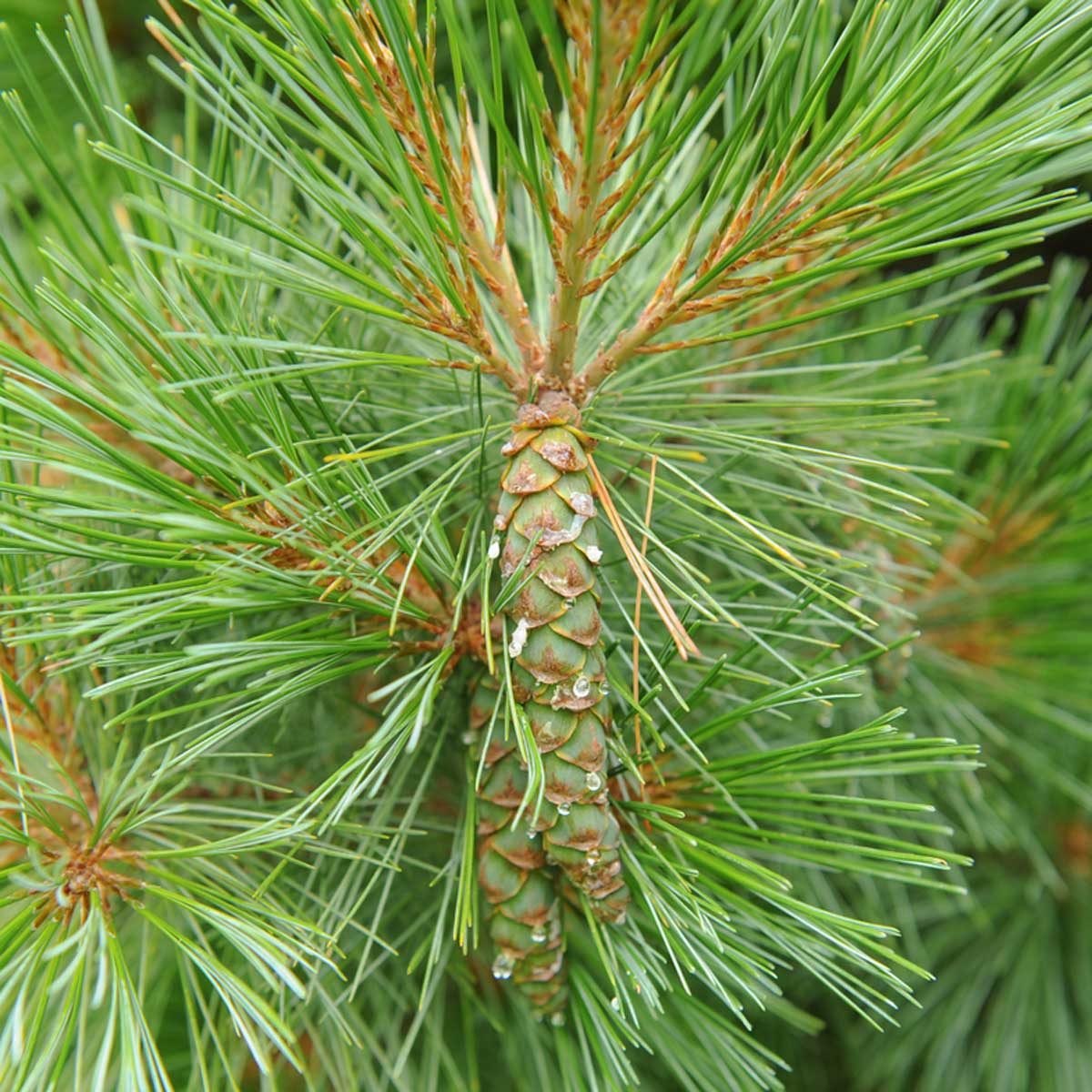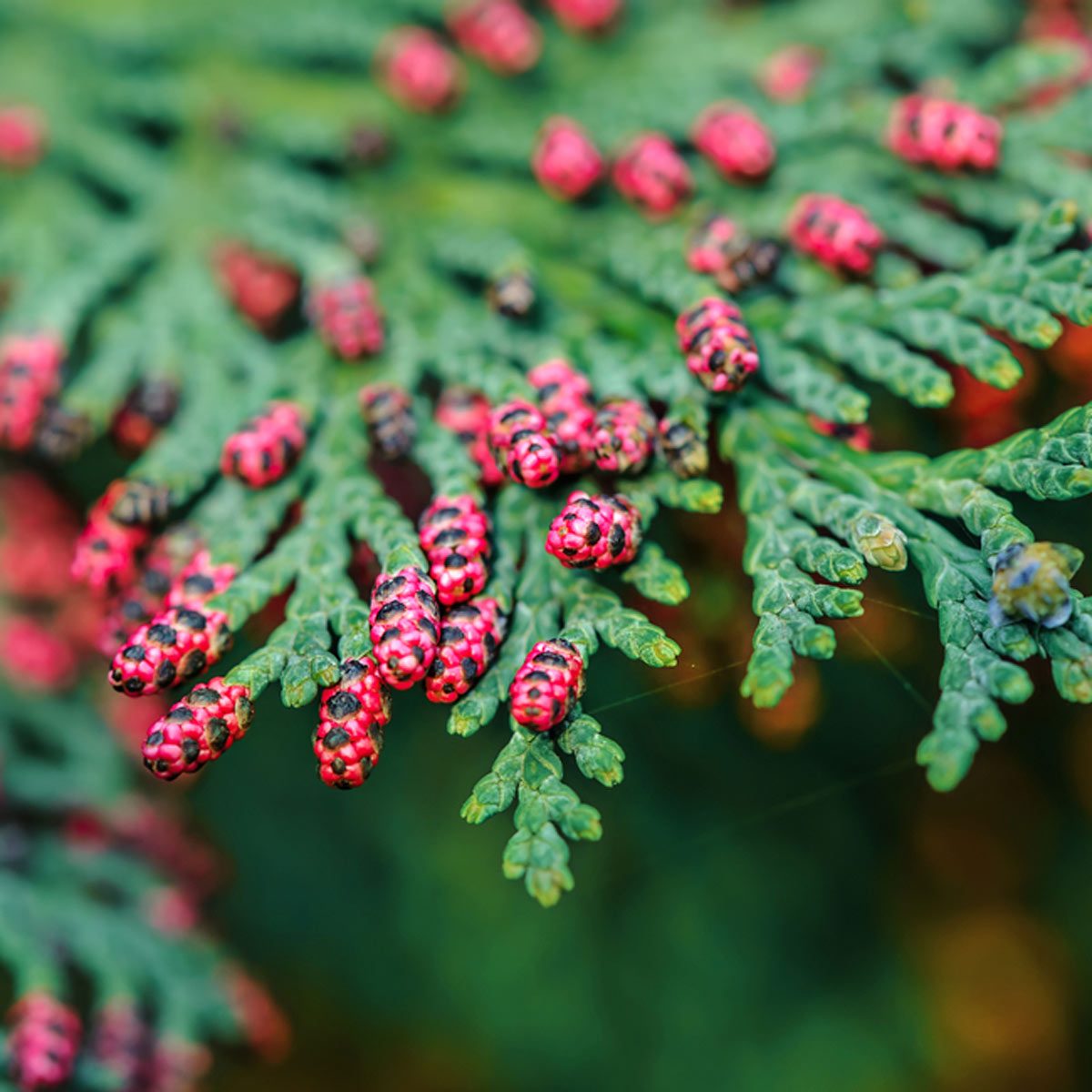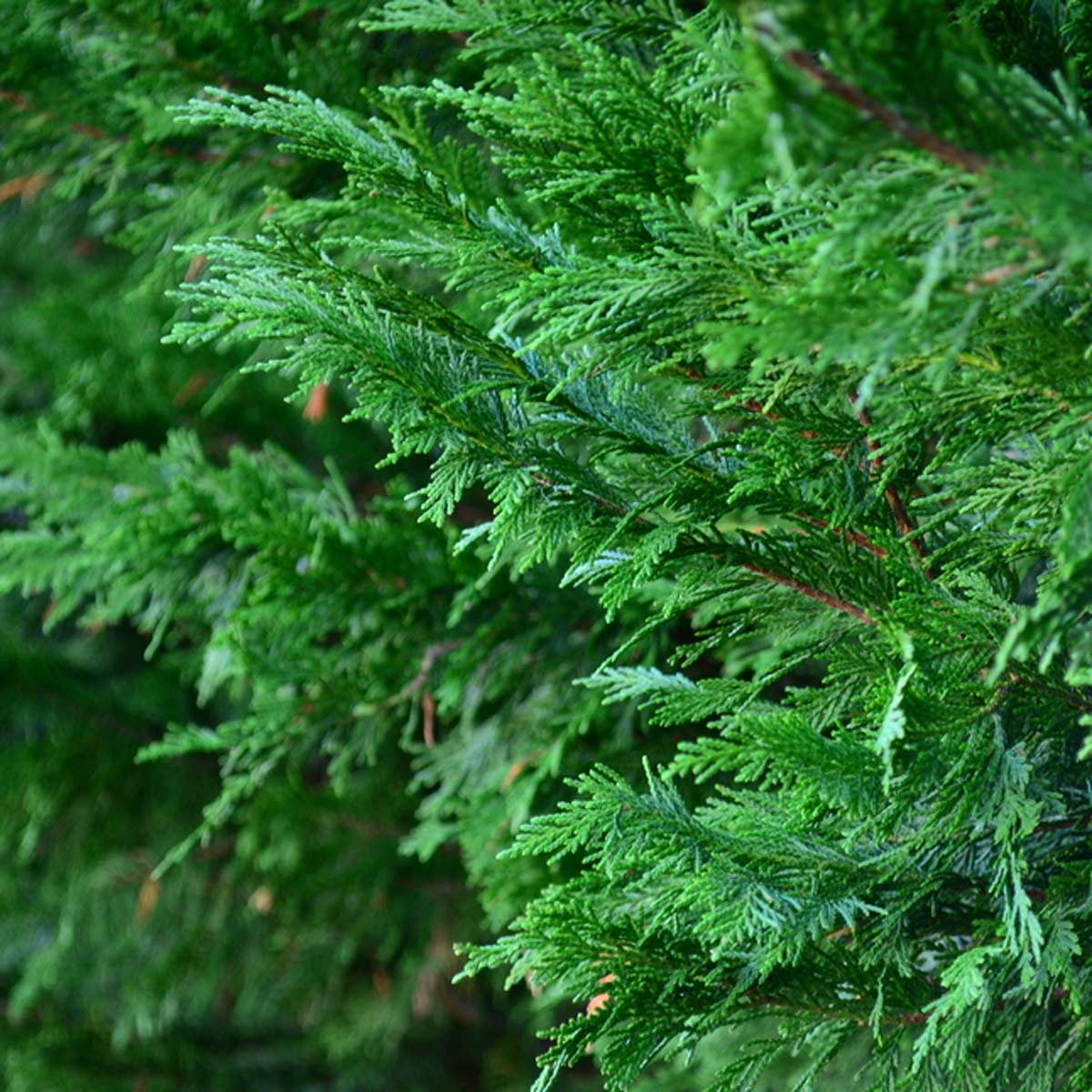Before I begin, let me take you to 2737 BC. It has been described that during that period, the first direct reference was found in China in the writings of the Chinese Emperor Shen Nung. The first use of cannabis product was used for psychoactive agents.
In the writings, the focus was mainly on its power as a medication for rheumatism, gout, malaria, and funny enough, for absent-mindedness. The importance of medicinal value was focused mainly than the intoxication properties.
Gradually its use spread from China to India, and then to North Africa, and reached Europe as early as AD 500. Marijuana was listed in United States Pharmacopeia from 1850 till 1942. It was prescribed for different medical uses such as labor pain, nausea, and rheumatism.
Medical uses
From 1850s to 1930s cannabis started to grow famous for recreational purposes. As the intake of this drug increased over time, The Controlled Substances Act of 1970 classified it as a Scheduled 1 Drug. So naturally controversies aroused surrounding the medical use of marijuana.
To make it more medical-friendly, its active ingredient THC was synthesized in 1966, and finally approved by the U.S. Food and Drug Administration in 1985.
A 1999 a U.S. Government sponsored study by the Institute of Medicine uncovered the beneficial properties of marijuana in certain medical conditions such as nausea caused by chemotherapy, and wasting caused by AIDS. Since 1999, a number of studies have been done to show that smoked marijuana has pain reducing effects.
In 1996, California became the first state to legalize the use of marijuana for medical objectives, and about 24 of the states now have some sort of medical marijuana legislation.
Medical benefits of marijuana
You will be surprised to know why studies have been done on this herb, and for your favor, here is the list of 20 medical benefits of marijuana you probably never knew!
1. Slow and stop cancer cells from spreading
It was found in the study, published in the journal Molecular Cancer Therapeutics, that Cannabidiol has the ability to stop cancer by turning off a gene called Id-1. [1] In 2007, researchers at California Pacific Medical Center in San Francisco, reported that CBD may prevent cancer from spreading. The researchers experimented on breast cancer cells in the lab that had high level of Id-1, and treated them with cannabidiol.
The outcome was rather positive, the cells had decreased Id-1 expression, and were less aggressive spreaders. In fact, the American Association for Cancer Research has found that marijuana actually works to slow down tumor growth in brain, breast, and lungs considerately.
2. Prevent Alzheimer’s
THC, the active ingredient present in marijuana slows the progression of Alzheimer’s disease, a 2006 study led by Kim Janda of the Scripps Research Institute found out. THC slows the formation of amyloid plaques by blocking the enzyme in the brain that makes them. These plaques kill the brain cells, and potentially lead to Alzheimer’s disease.
3. Treat Glaucoma
Marijuana can be used to treat glaucoma, which increases the pressure in the eyeball, injuring the optic nerve and causing loss of vision. According to National Eye Institute, marijuana lowers the pressure inside the eye,[2]
“Studies in the early 1970s showed that marijuana, when smoked, lowered intraocular pressure (IOP) in people with normal pressure and those with glaucoma.”
These effects of the drug can prevent blindness.
4. Relieve Arthritis
In 2011, researchers reported that cannabis reduces pain and inflammation, and promotes sleep, which may help relieve pain and discomfort for people with rheumatoid arthritis.
Researchers of the rheumatology units at several hospitals gave their patients Sativex, a cannabinoid-based pain-relieving medicine. After two weeks, patients on Sativex had a significant reduction in pain, and improved better sleep quality compared to placebo users.
5. Control Epileptic seizure
A 2003 study showed that marijuana use can control epileptic seizure.[3]
Robert J. DeLorenzo, of Virginia Commonwealth University, gave marijuana extract and synthetic marijuana to epileptic rats. The drugs stopped the seizures in about 10 hours.
It is found out that the THC controlled the seizures by binding the brain cells responsible for controlling excitability and regulating relaxation. The results were published in the Journal of Pharmacology and Experimental Therapeutics.[4]
6. Ease the pain of multiple sclerosis
Marijuana works to stop the negative neurological effects and muscle spasms caused by multiple sclerosis. A study published in the Canadian Medical Association suggests that marijuana may ease painful symptoms of multiple sclerosis.
Jody Cory Bloom studied 30 multiple sclerosis patients with painful contractions in their muscles. These patients didn’t respond to other medications, but after smoking marijuana for few days, they reported that they were in less pain. The THC in the pot bonds the receptors in the nerves and and muscles to relieve pain.
7. Soothe tremors for people with Parkinson’s disease
Recent studies from Israel shows that smoking marijuana remarkably reduces pains and tremors and improves sleep for Parkinson’s disease patients. What was impressive about the research was the improvement of the fine motor skills among patients.
Israel has made medical marijuana legal, and a lot of research into the medical uses of weed is done there, supported by the Israeli Government.[5]
8. Help with Crohn’s disease
Cannabis may be helpful with curing Crohn’s disease. Crohn’s disease is an inflammatory bowel disorder that causes pain, vomiting, diarrhea, weight loss, and more.
But a recent study in Israel showed that smoking a joint considerably reduced Crohn’s disease symptoms in 10 out of 11 patients, and caused a complete cancellation of the disease in five of those patients.
Of course, this is a small study, but other researches have shown similar results. The cannabinoids from cannabis seem to help the gut control bacteria and intestinal function.
9. Decrease the symptoms of Dravet’s Syndrome
Dravet Syndrome causes seizures and severe developmental delays. Dr. Sanjay Gupta, renowned chief medical correspondent for CNN, is treating a five years old girl, Charlotte Figi, who has Dravet’s Syndrome, with medical marijuana strain high in cannabidiol and low in THC.
During the research for his documentary “WEED”, Gupta interviewed the Figi family, and according to the film, the drug decreased her seizures from 300 a week to just one every seven days. Forty other children are using the same medication, and it has helped them too.
The doctors who are recommending this medication say that the cannabidiol in the plant interacts with the brain cells to quiet the excessive activities in the brain that causes the seizures.
10. Lessen side effects from treating Hepatitis C, and increase treatment effectiveness
Treating Hepatitis C infection has severe side effects, so severe that many people are unable to continue their treatment. Side effects range from fatigue, nausea, muscle pains, loss of appetite, and depression- and they last for months.
But, pot to the rescue:
A 2006 study in the European Journal of Gastroenterology and Hepatology discovered that 86% of patients using marijuana successfully finished their therapies, while only 29% of the non-smokers completed their treatments, maybe because marijuana helps to lessen the treatments’ side effects.
Cannabis also helps to improve the treatment’s effectiveness. 54% of the Hep C patients smoking marijuana got their viral levels low, and kept them low, compared to the only 8% of the non-smokers.
11. Decrease anxiety
In 2010, researchers at Harvard University suggested that another of the drug’s benefits may actually be reduced anxiety, which would improve the smoker’s mood and act as a sedative in low doses. [6]
Beware, though, higher doses may increase anxiety and make you paranoid.
12. Help reverse the carcinogen effects of tobacco, and improve lung health
In January 2012, a study published in Journal of the American Medical Association showed that marijuana improved lung functions, and even increased lung capacity. Researchers looking for risks factors of heart disease, tested on 5,115 young adults, over the period of 20 years, and found out that only pot users showed an increase in lung capacity, compared to the tobacco smokers who lost lung function over time.
It is believed that the increased lung capacity is due to the deep breaths taken while inhaling the drug, and not from a therapeutic chemical in the drug.
13. Reduce severe pain, and nausea from chemo, and stimulates appetite
One of the most common uses of medical marijuana is for people going through chemotherapy. Cancer patients going through chemo suffer from severe pains, painful nausea, vomiting, and loss of appetite. This can lead to further health complications.
Marijuana can help reduce these side effects, reducing pain, decreasing nausea, and stirring up the appetite. Also, there are other FDA approved cannabinoid drugs that use THC, for the same purposes.[7]
14. Improve symptoms of Lupus, an autoimmune disorder.
Medical marijuana is used to treat the autoimmune disorder called Systemic Lupus Ertyhematosus, which is when the body starts attacking itself for unknown reasons.
It is believed that some chemicals present in cannabis is responsible to calm the immune system, which maybe the reason to help deal with symptoms of Lupus. The rest of the positive impact of the marijuana is probably from the effects of the pain and nausea.
15. Protect brain after a stroke.
Research (done on rats, mice, and monkeys) from University of Nottingham shows that cannabis may help protect the brain from damage caused by a stroke by reducing the size of the area affected by the stroke.
This isn’t the only research that has shown neuroprotective effects from cannabis. Some research shows that the plant may help protect the brain after other traumatic events like concussions.
16. Help veterans suffering from PTSD
Marijuana is approved to treat PTSD in some states in America.[8] In New Mexico, PTSD is the number one reason for people to get a license for medical marijuana, but this is the first time U.S. Government’s The Department of Health and Human Services has approved a proposal that incorporates smoked or vaporized marijuana.
Naturally occurring cannabinoids, similar to THC, help control the system that causes fear and anxiety in the body and brain.
17. Control other types of muscle spasms
Other types of muscle spasms respond to marijuana too.
Dr. Gupta’s patient, Chaz, has a condition called myoclonus diaphragmatic flutter (also known as Leeuwenhoek’s Disease).[9] This causes non stop spasming in the abdominal muscles which are not only painful, but interfere with breathing and speaking.
Chaz has been using medical marijuana to treat this disease because other very strong medications were unable to treat him properly.
Smoking marijuana is able to calm to calm the attacks almost immediately, relaxing the mucles of the diaphragm also.
18. Treat inflammatary bowel diseases
Just like Crohn’s disease, patients with other inflammatory bowel diseases like ulcerative colitis could benefit from marijuana use, studies suggest.
In 2010, University of Nottingham researchers have found that chemicals in marijuana, including THC, and cannabidiol, interact with cells in the body that play an important role in gut function, and immune system.[10]
THC like chemicals made by the body increase the permeability of the intestines, allowing bacteria in. The plant-derived cannabinoids in marijuana block these body-cannabinoids, stopping this permeability, and making the intestinal bond tighter together.
19. Help eliminate nightmares
This is a bit complicated because it involves both positive and negative effects. Marijuana may disturb the sleep cycle by interrupting the later stages of REM sleep.
However, people who suffer from serious nightmares, especially patients with PTSD, this can be helpful. Nightmares and other dreams occur during those same stages of sleep.
By interrupting REM sleep, many of those dreams may not occur. Research using a synthetic cannabinoid, like THC, showed a decrease in the number of nightmares in patients with PTSD.[11]
Marijuana maybe a better sleep aid than some other medications or even alcohol because the latter two may potentially have worse effects on sleep, though more research is needed on the topic.
20. Protect the brain from concussion and trauma
A recent study in the journal Cerebral Cortex showed possibilities that marijuana can help heal the brain after a concussion, or other traumatic injury.
In the journal it was said that the experiments were done on mice, and that marijuana lessened the bruising of the brain, and helped with healing mechanisms after a traumatic injury.[12]
Harvard professor emeritus of psychiatry and marijuana advocate Lester Grinspoon recently wrote an open letter to NFL Commissioner Roger Goodall, saying that NFL should stop testing players for marijuana, and instead should fund for research on marijuana plant’s ability to protect the brain.
In the open letter, he writes,[13]
“Already many doctors and researchers believe that marijuana has incredibly powerful neuroprotective properties, an understanding based on both laboratory, and clinical data.”
In response, Goodall recently mentioned that he’d consider permitting athletes to use marijuana if medical research shows that it’s an effective neuroprotective agent.
These 20 medical benefits of marijuana are among the countless benefits this plant has. It is still puzzling how medical marijuana is still not legal in most of the country, and still retains such a negative reputation.
Hopefully in the near future, medical science continues to prove its benefits in more fields, and make this plant a famous cure for all major kinds of ailments.
/PlantingTree-58c1b33e5f9b58af5c0c1e8c.jpg)

